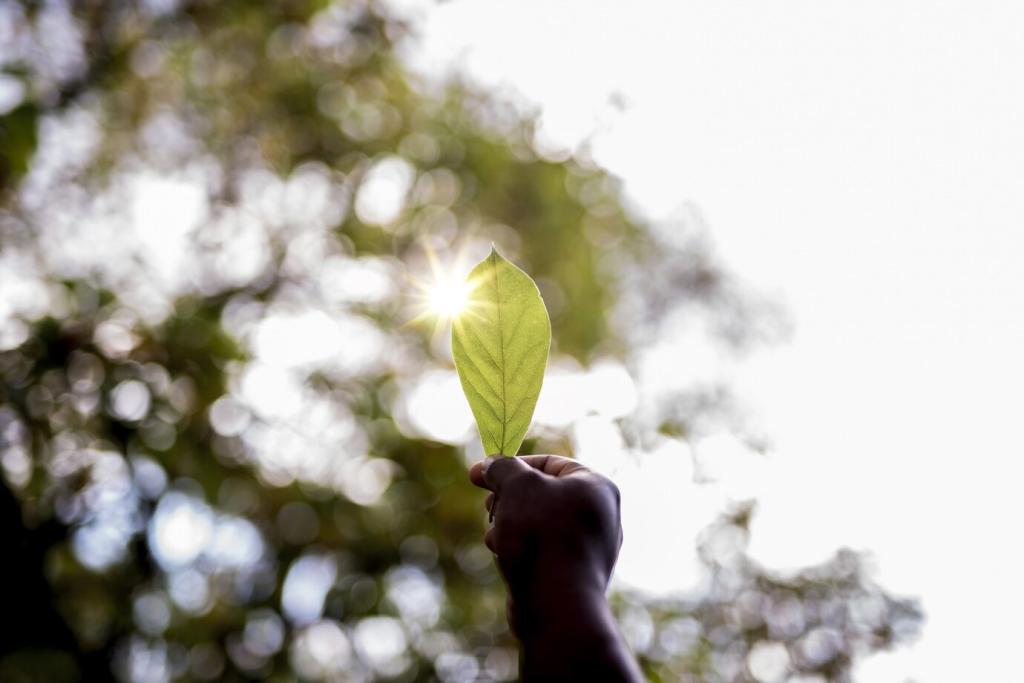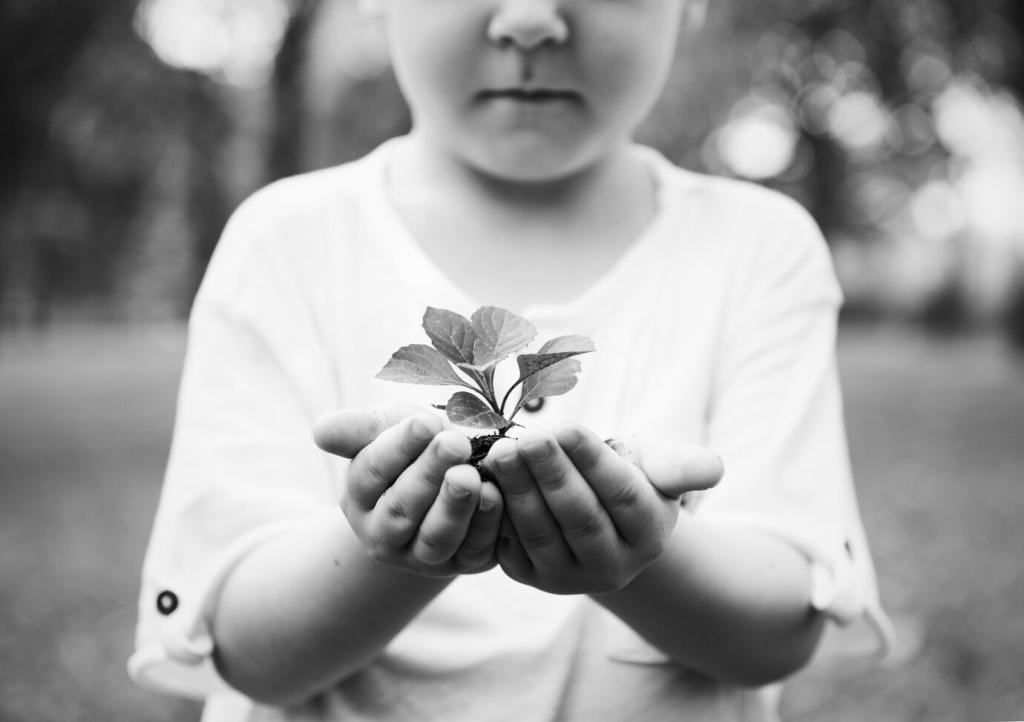Sustainable Furniture Repair and Restoration: Give Old Pieces New Life
Chosen theme: Sustainable Furniture Repair and Restoration. Welcome to a home for makers, caretakers, and curious beginners who believe a well-loved chair, table, or cabinet deserves another chapter. Stay, learn, and share your journey as we keep craftsmanship alive and furniture out of landfills.

Why Repair, Not Replace
Repairing furniture avoids the massive energy, water, and emissions required for new production. Every tightened joint and revived finish keeps valuable materials in circulation, preventing landfill waste. Share one item you’ve rescued and estimate the years you’ve added to its useful life.
Why Repair, Not Replace
A nicked tabletop can map family dinners and late-night projects. Restoration honors that narrative while stabilizing structure and surface. Tell us which mark on your furniture makes you smile, and why it deserves careful preservation rather than a quick replacement.
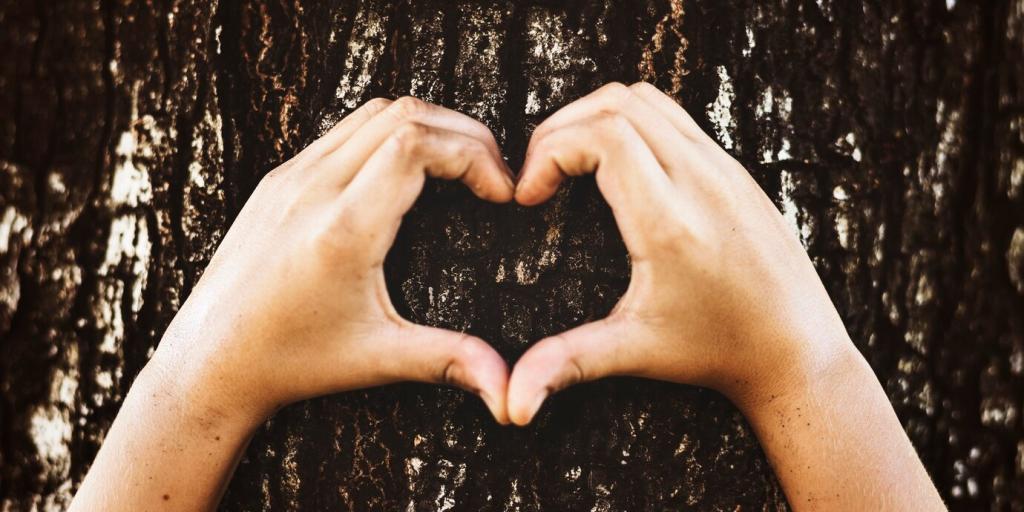
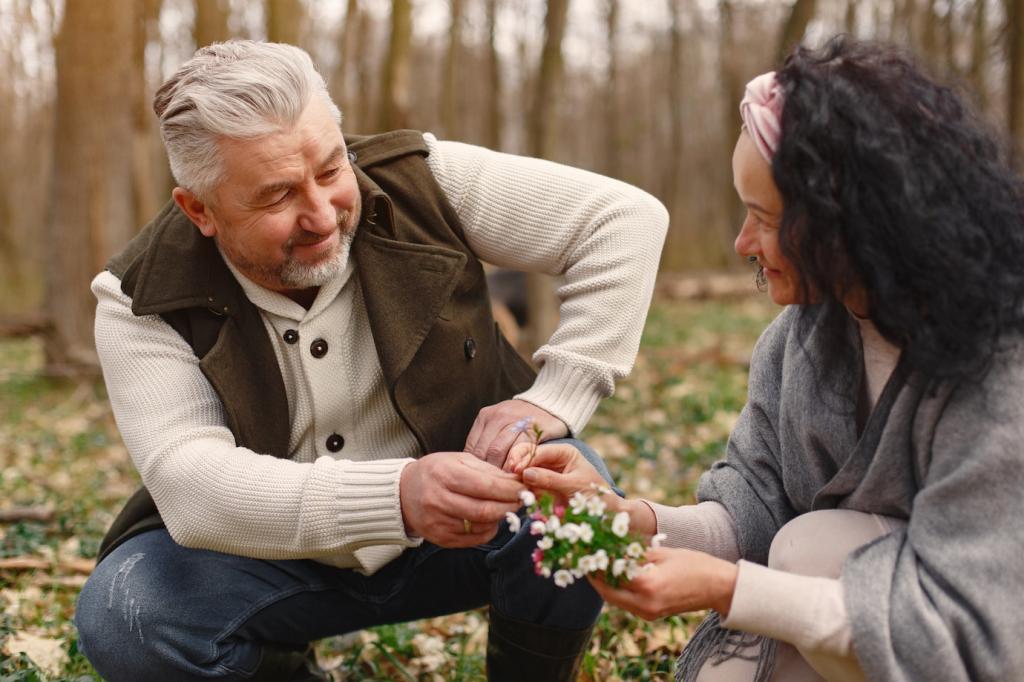
Low-Impact Tools and Materials
Plant-based oils, waterborne varnishes, and shellac offer beautiful results with lower volatile compounds and easier cleanup. Start with small test patches to learn how a finish behaves. Share your before-and-after photos so others can compare sheen and color shift.

Techniques That Protect Character
Gentle Cleaning and Finish Revival
Begin with mild soaps and mineral spirits to lift grime without stripping. Level scratches with careful sanding blocks and blend with wax sticks. Share your gentlest cleaning recipe and the most surprising layer of beauty you uncovered beneath years of dull residue.
Reversible Repairs for Future Stewardship
Dowels, shims, and patches should be identifiable and removable when possible, respecting conservation best practices. Document every intervention. Ask your questions about labeling repaired areas, and consider posting a photo of your discreet repair tags hidden beneath drawers.
Upholstery with Natural, Durable Materials
Linen, wool, and cotton batting breathe better and age gracefully. Save original horsehair where feasible. Show us the fabric you’re considering, and we’ll help you evaluate weave density, abrasion ratings, and repair access for future maintenance needs.
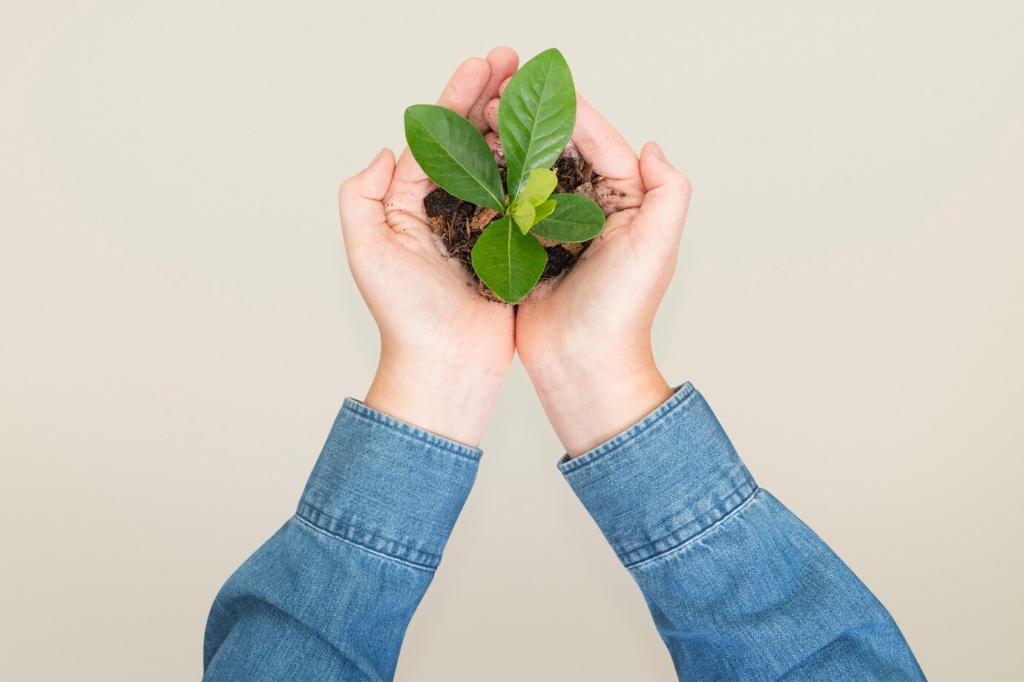

We documented every loose rung, noted sun bleaching, and checked for veneer lift. The plan prioritized stabilizing joints with hide glue and refreshing finish using shellac. What’s your assessment ritual? Post your checklist so newer restorers can follow a thoughtful process.

Clamps held the chair overnight, light scraping refined edges, and a hand-burnished shellac topcoat maintained the original warmth. Seat foam was replaced with natural latex. Comment if you want the exact clamp layout diagram—we’ll share a downloadable sketch.

The chair’s subtle sheen returned, joints felt rock-solid, and the new seat breathed comfortably. The biggest surprise was how little material was needed. If this encourages you, subscribe for our monthly roundups of small, meaningful, resource-wise repairs.
Conservation or Restoration: Choosing the Path
Patina tells time’s story. Stabilize cracks and secure joints before considering cosmetic changes. Often, cleaning and minor touch-ups are enough. Share a photo of wear spots you plan to keep, and we’ll brainstorm tasteful ways to protect them without overworking.
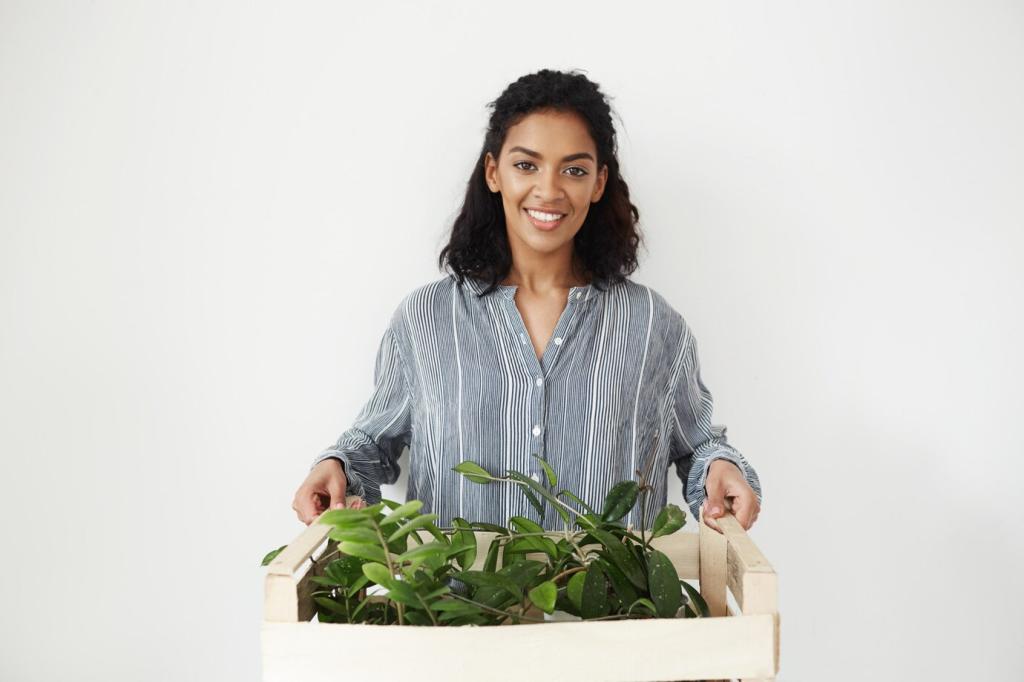
Community, Sharing, and Skill-Building
Organize monthly sessions where friends bring wobbly stools and sticky drawers. Share jigs, clamps, and confidence. If you’re planning one, comment your city, and we’ll help promote it in our newsletter so local readers can join and contribute expertise.
Community, Sharing, and Skill-Building
A shared set of chisels and hand planes lowers costs and consumption. Establish clear usage and maintenance guidelines. Have a favorite library or makerspace? Drop a link and we’ll build a directory to connect restorers with reliable community resources.

